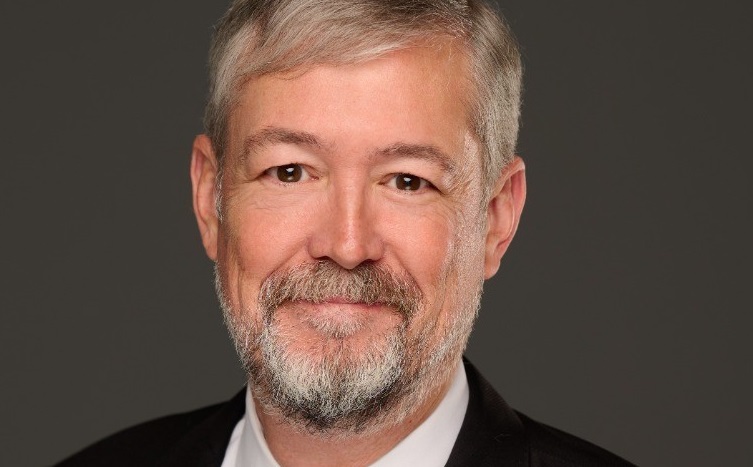URGENT UPDATE: As the temperature drops in Southern California, leaders are reminded of their critical role in shaping workplace environments that help employees thrive. New insights from Paul Butler of Newleaf Training and Development stress the importance of creating a positive “climate” at work to boost morale and productivity.
Butler emphasizes that just as weather patterns affect our daily lives, the emotional climate within organizations significantly influences employee performance. He notes, “Leadership, culture, and communication form an emotional climate that shapes how people show up at work.”
Recent observations reveal a direct correlation between leadership effectiveness and employee engagement. For instance, Butler describes a past colleague whose productivity fluctuated with the workplace climate. On sunny, energetic days, this employee thrived, while on overcast days marked by unclear direction, his motivation waned.
The takeaway? Leaders must act as the “meteorologists” of their offices, setting the tone with clear communication and recognition. “Clear direction cuts through uncertainty like sunlight,” Butler explains. Conversely, neglect and inconsistency act as cold fronts, chilling initiative and morale.
However, Butler also stresses that even the strongest leaders cannot control every storm. This is where employees’ internal compasses come into play. He highlights a resilient former colleague who maintained his focus and productivity despite changing management and external pressures. “His performance didn’t depend on the climate; it came from a deep internal conviction about the professional he wanted to be,” Butler states.
In today’s rapidly changing work environment, leaders are encouraged to foster resilience among their teams. Here are Butler’s top five strategies to cultivate a strong internal compass among employees:
1. **Clarify Your Core Values:** Establish clear principles to guide decisions. When values are solid, employees are less affected by external moods and leadership changes.
2. **Focus on What You Can Control:** While external factors like office politics are unpredictable, effort and professionalism are within one’s control.
3. **Build Consistent Habits:** Establish routines that promote resilience. Regular reflection and end-of-day reviews can create structure during chaotic times.
4. **Cultivate Emotional Awareness:** Recognizing mood shifts in response to external events allows individuals to manage their reactions effectively.
5. **Stay Purpose-Driven:** Keeping the mission in mind transforms mundane tasks into meaningful activities, fueling motivation even during tough times.
Butler urges leaders to commit to building their internal compass and supporting their teams in navigating workplace storms. As he humorously concludes, “Just like putting socks on under your flip-flops when the California chill sets in, small adjustments can make all the difference in remaining steady, productive, and ready for whatever weather comes next.”
This message is more than just practical advice; it’s a call to action for leaders to cultivate environments where employees can thrive, regardless of external pressures. As conditions change, those who adapt and maintain their professionalism will emerge stronger.
Stay tuned for more updates on workplace dynamics and leadership strategies. For comments or questions, contact Paul Butler at [email protected].







